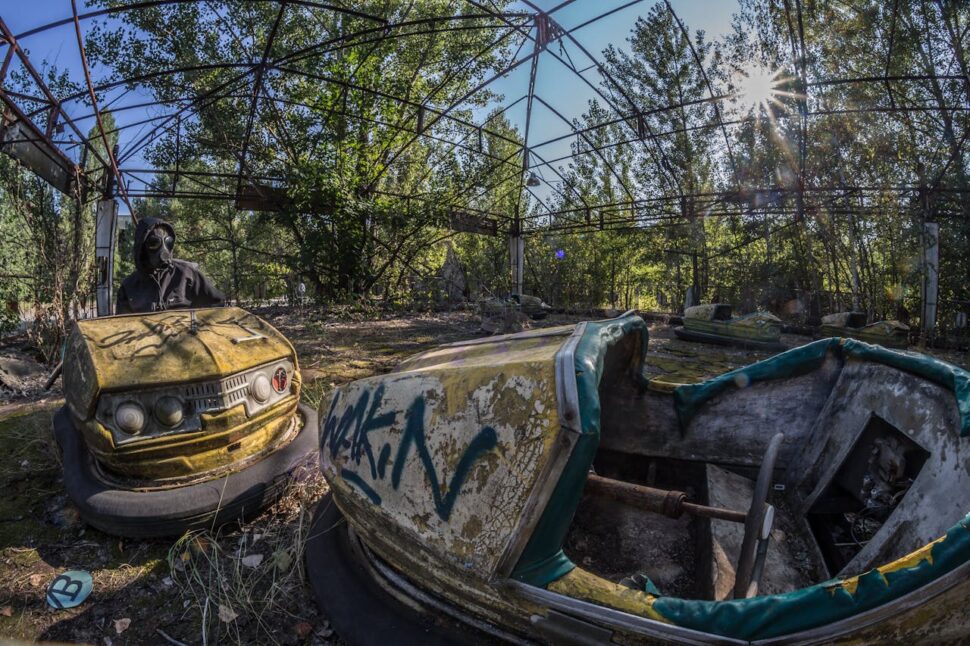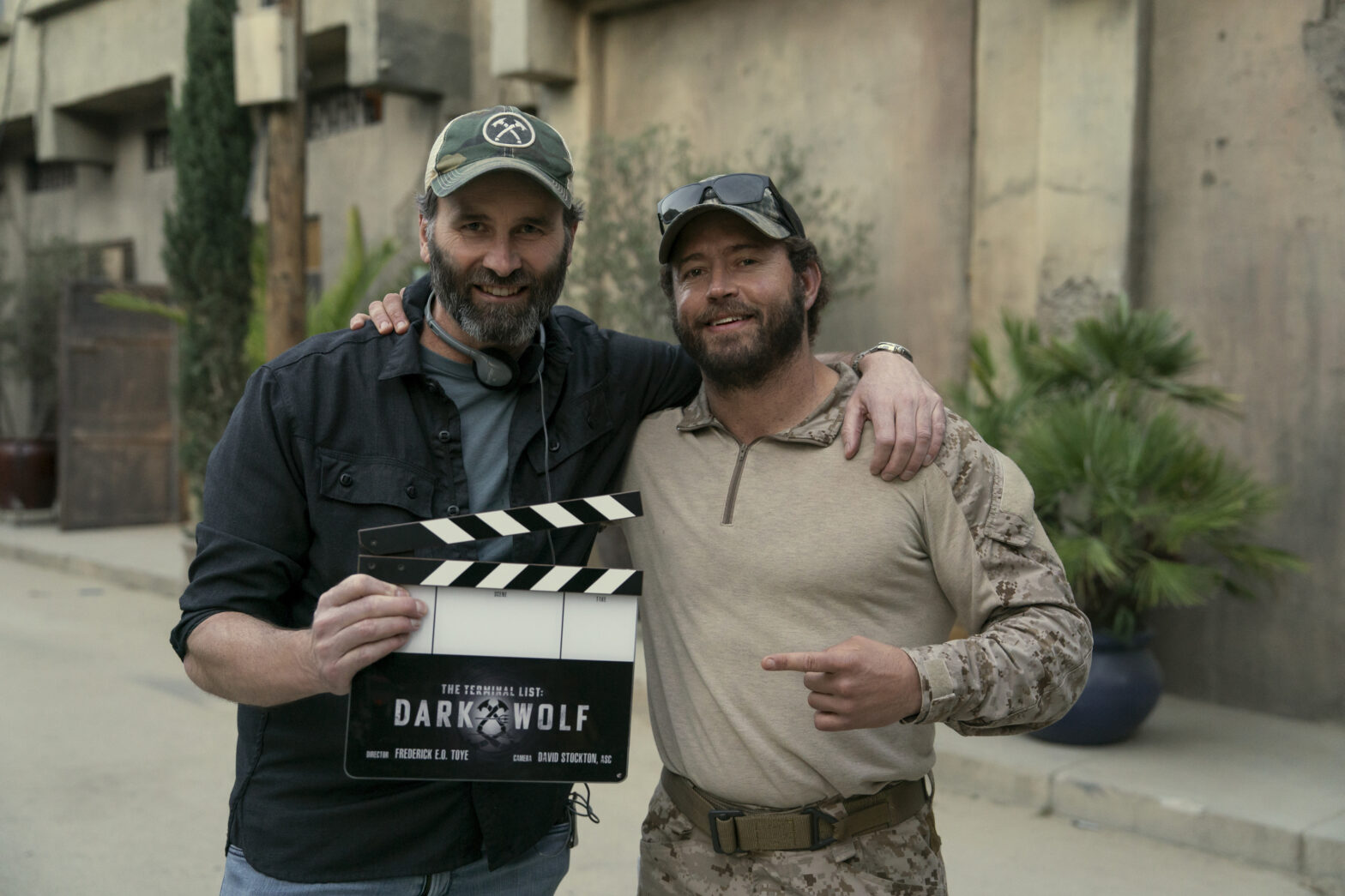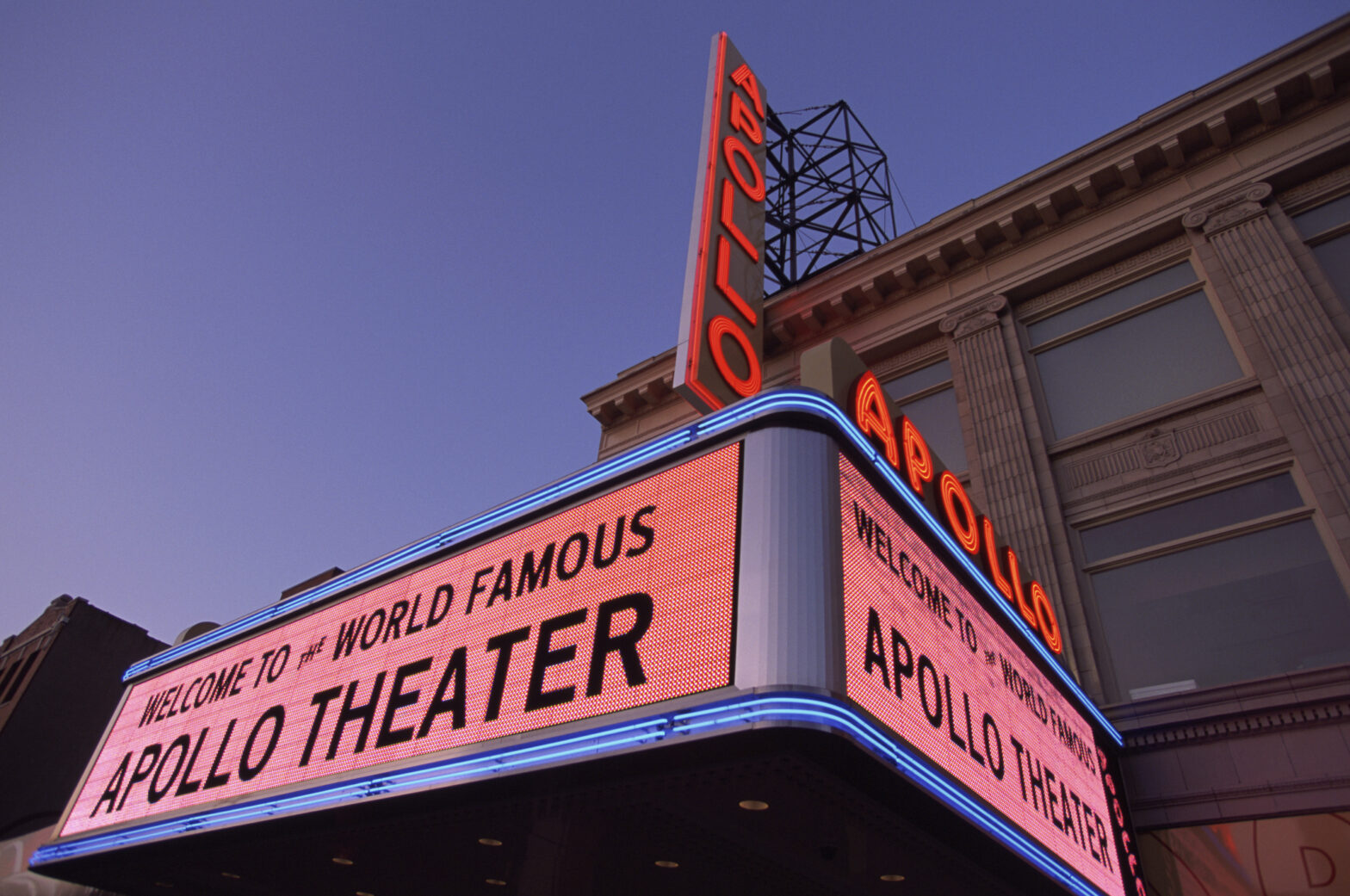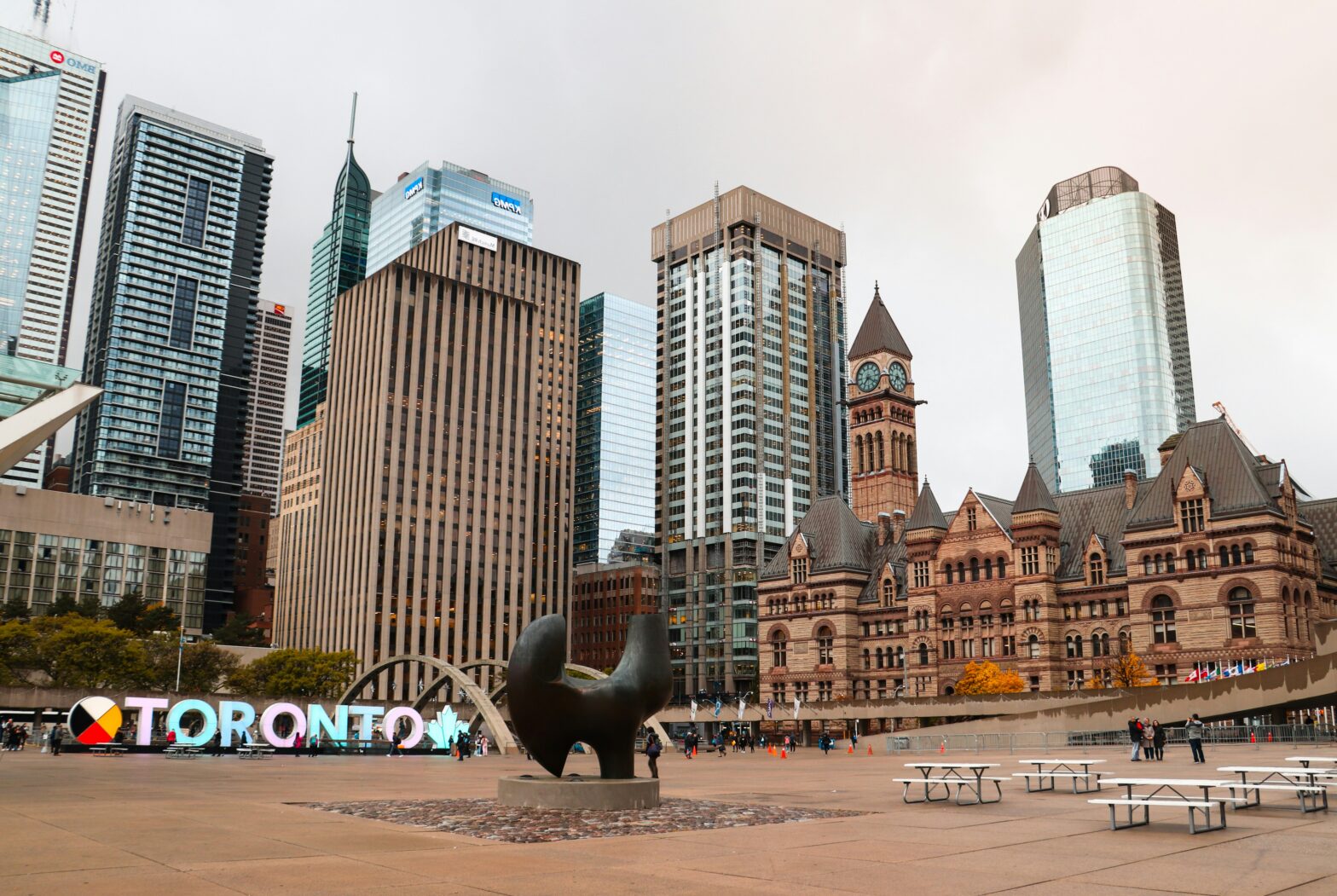Death, disaster, tragedy, and atrocity are four words commonly associated with dark tourism.
Becoming a dark tourist is a controversial, and complex type of travel that some people consider no different than historical tourism while others see it as taboo or worse: unethical. And while many people might be hesitant to fill their vacation itinerary with stops dedicated to grief, disaster, or other not-so-pleasant happenings, the trend of dark tourism is on the rise.
Mainstream Darkness

Dark tourism has almost always been a travel concept, even before it had an official name. People have long been fascinated by sights of disaster and death. In 2018, Netflix’s docuseries “Dark Tourist” premiered and the term “dark tourism” became more widely known.
In the series, the host visited several dark tourism sites around the world, including a tour in Milwaukee, Wisconsin, dedicated to Jeffrey Dahmer; a tour in Dallas focused on the assassination of President John F. Kennedy; a nearly-empty city in Myanmar; and a supposed vampire meeting in New Orleans, among others.
In another episode, the host visited Medellin, Colombia, and toured sites associated with a famous cartel leader in the 80’s and early 90’s.
The show brought the concept of dark tourism to mainstream media and allowed some people to consider the possibility of adding dark tourism to their itineraries.
Though much of dark tourism is centered around historical and cultural significance, an argument can be made for why it’s unethical and even dangerous.
A Question of Ethics

Many sites highlighted as dark tourism hot spots, like the tour in Milwaukee, can be viewed as disrespectful. Tourists eagerly visiting sites associated with Jeffrey Dahmer, can be considered making light of the atrocities he committed and disrespecting the memory of the victims.
Additionally, visiting Medellin can be disruptive to the community still there and potentially bring negative attention to the area that the community might be trying to move past.
There are also inherent dangers with some versions of dark tourism. One popular type of dark tourism is visiting sites of natural disasters, like the nuclear fallout in Fukushima, Japan. In 2011, a tsunami caused a nearby nuclear power plant to malfunction and unleashed a deadly nuclear disaster.
Today, there are tours available that take tourists to the area and see it. But there’s one major problem: the area is still somewhat radioactive and could pose a threat to human health.
Weighing the Options
Dark tourism, on the one hand, can help tourists get a better, first-person understanding of historical landmarks or happenings. Some people even argue that it helps people to honor victims or survivors of tragedy by keeping whatever occurred at the forefront of people’s minds.
On the other hand, though, it can be viewed as disruptive or disrespectful. Choosing whether to add a “dark” attraction to your next trip is purely up to you, but travelers should weigh the pros and cons carefully before deciding.





